
The best neuroscience stories of April 2018
This month in neuroscience includes new methods for visualising cells in real time, a prosthetic memory and discovery of an immunological memory. Happy reading!
1. UCLA scientists pioneer new method for watching brain cells interact in real time
UCLA researchers used fluorescence resonance energy-transfer (FRET) microscopy to look inside a mouse’s brain and watch astrocytes at work, in real time.
The researchers used the method to watch astrocytes interact with synapses, seeing how they make physical contact with them and how these interactions change over time, and in various diseases.
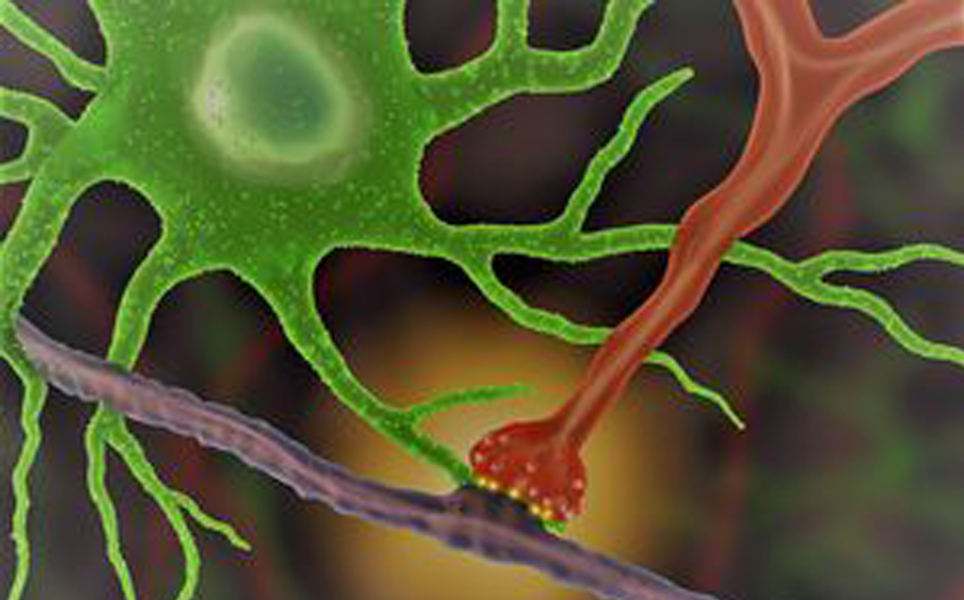
Watch in real time
2. Computer system transcribes words users “speak silently”
Researchers at MIT have developed a computer interface that can transcribe words that the user speaks internally but doesn’t say out loud
The system consists of a wearable device, placing electrodes on the face and jaw, connected to a computing system. The electrodes detect neuromuscular signals in the face and jaw that are generated by saying words in your head but are undetectable to the human eye. The machine-learning system them correlates signals with words.
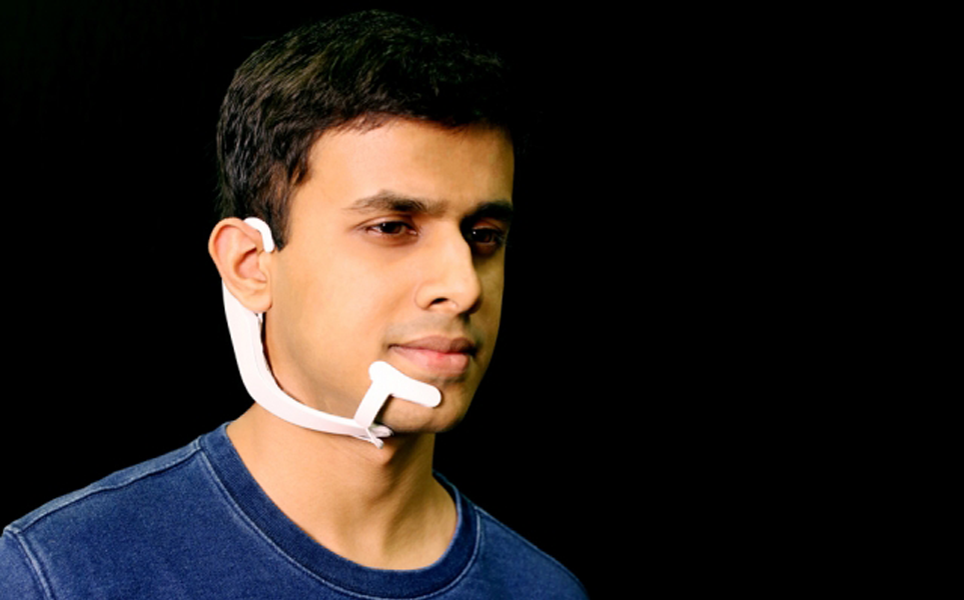
Thinking out loud
3. DARPA-funded prosthetic memory system successful in humans, study finds
Scientists at Wake Forest Baptist Medical Center and the University of Southern California Viterbi School of Engineering have developed a neural prosthetic system that can improve memory.
The system uses an electrode implanted into the hippocampus, which writes information codes into it to improve a person’s memory. This is an important first step that could potentially lead to restoration of memory loss in the future.
Read more
4. Paralysed patient feels sensation again
Caltech scientists induced natural sensations of touch and movement in the arm of a paralysed man. The researchers inserted two arrays of electrodes into the somatosensory cortex and used these to stimulate neurons with small pulses of electricity.
The participant was able to feel a variety of natural sensations, including squeezing and tapping, at a variety of intensities. This is the first time that intracortical neural stimulation has been used to induce natural sensations.
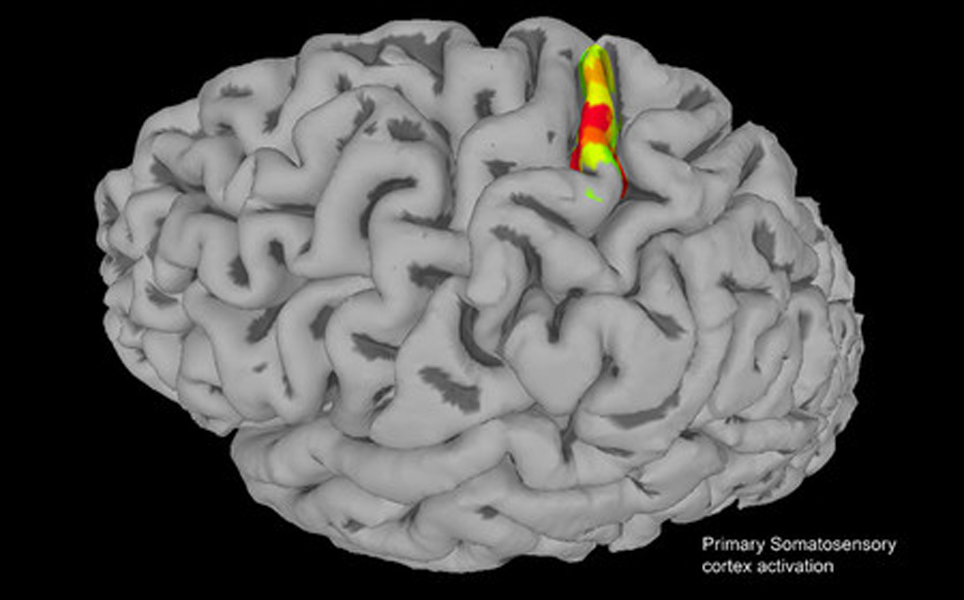
Find out more
5. An immunological memory in the brain
Researchers at the German Center for Neurodegenerative Diseases (DZNE), Hertie Institute for Clinical Brain Research (HIH) and the University of Tübingen have discovered that inflammatory reactions can cause epigenetic changes to microglia, the brain’s immune cells. This means that these cells have an immunological memory.
Infections and diseases that are associated with inflammatory reactions are risk factors for Alzheimer’s disease. The immunological memory of microglia could therefore be a cause of this and could influence the progression and severity of neurological disorders.

More on microglia
6. Alzheimer plaque affects different brain cells differently
In a fruit fly study, researchers at Linkoping University have found that amyloid beta is highly toxic to nerve cells, yet isn’t as harmful to other cells in the brain, such as glial cells.
It seems that glial cells produce a mature, less harmful form of amyloid beta, whereas neurons produce the immature structure that forms toxic tangles. Why amyloid beta is so toxic to neurons but not to glial cells is currently unknown.
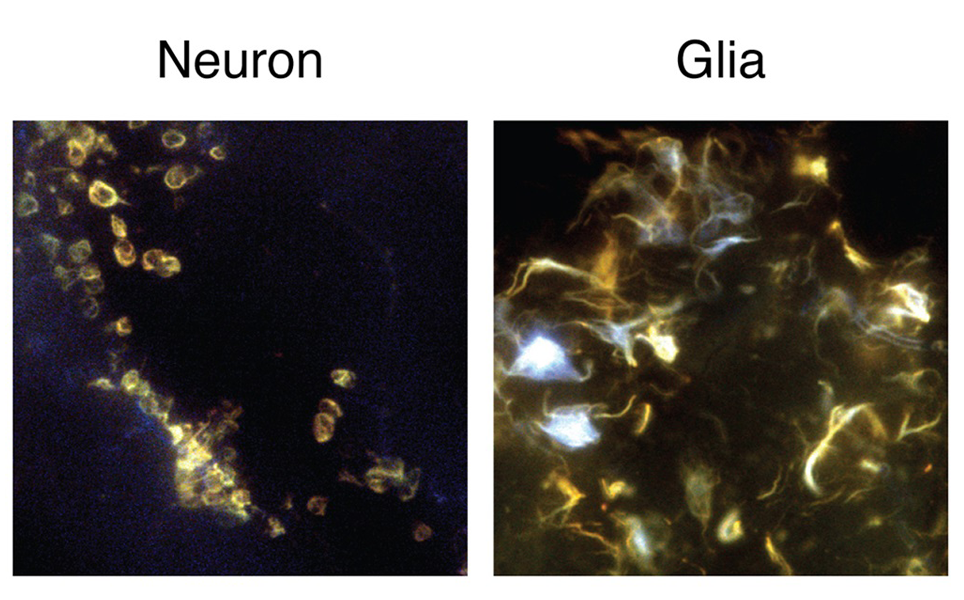
More here
7. Grafted brain organoids provide insight into neurological disorders
Researchers at the Salk Institute have developed an approach to produce more sophisticated three-dimensional models of the brain, known as organoids.
The approach involves transplanting the organoids into rodents to ensure they receive enough oxygen and nutrients, making them a better representation of human brains. This could help develop treatments and cures for brain disorders and potentially one day lead to transplantation of human cell’s to replaced damage brain tissue.
Better brain models
8. Brain scans may help diagnose neurological, psychiatric disorders
Scientists at Washington University School of Medicine in St Louis have found that functional connectivity MRI (fcMRI), which show how brain regions interact, can detect differences in the wiring of individual’s brains.
This has potential to be used as a diagnostic tool to recognise people with brain diseases or disorders and could also give insight into differences in cognitive ability and personality traits.
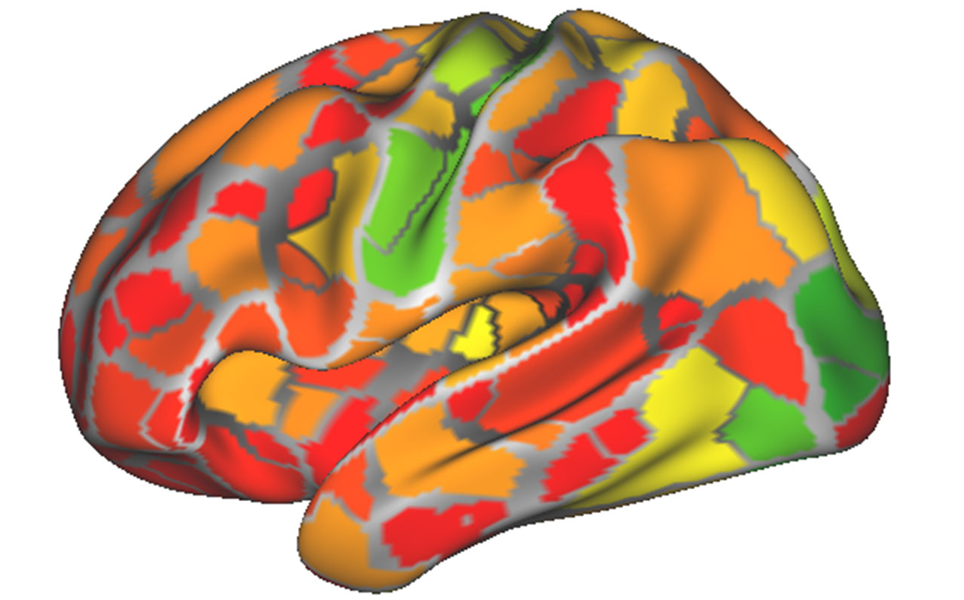
Look here
9. New microscope captures detailed 3D movies of cells deep within living systems
Scientists at the Howard Hughes Medical Institute have combined lattice light sheet microscopy with adaptive optics to capture 3D movies of cells within living systems.
The new system is fast enough to visualise 3D cellular processes in detail and in real time. It is also non-invasive so does not cause photobleaching and cellular damage, unlike traditional microscopes. The microscope has been able to visualise the following processes in-vivo: clathrin-mediated endocytosis; organelle dynamics in the zebrafish brain and spinal cord neural circuit development, to name a few.
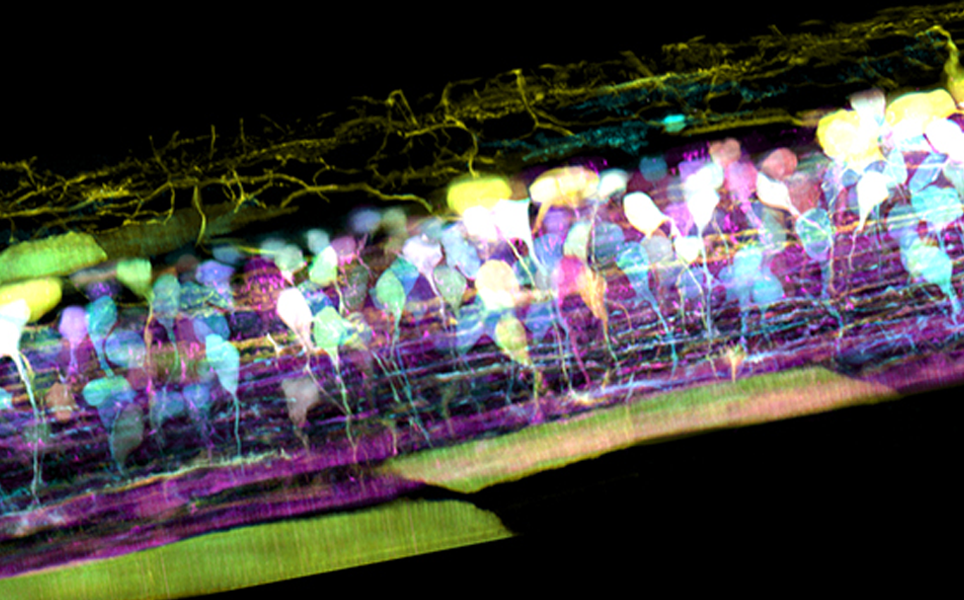
3D movies here
10. A common anti-inflammatory therapy may help reduce the risk of developing Parkinson’s Disease, Mount Sinai researchers report
Researchers at the Icahn School of Medicine at Mount Sinai have gained new insight into the link between inflammatory bowel disease (IBD) and Parkinson’s disease.
They discovered that individuals with IBD have a 28% higher risk of developing Parkinson’s disease. They also found that if patients are treated with the monoclonal antibody, anti-tumour necrosis factor alpha (anti-TNFα), their risk of developing Parkinson’s significantly reduces to lower than that of the general population.
Learn more
Please send all comments and brain organoids to [email protected].
Banner image credit: T. Liu et al./Science 2018
Find out about Scientifica's latest product releases, company news, and developments through a range of news articles, customer interviews and product demonstration videos.

)